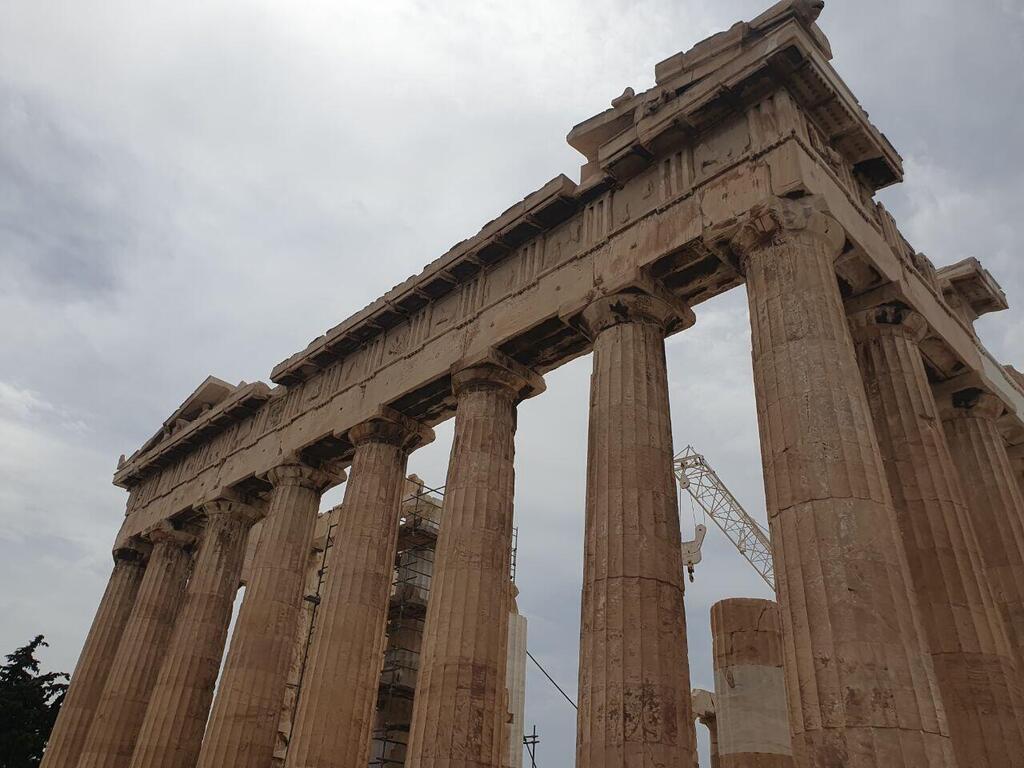Getting your Trinity Audio player ready...
An ancient graffiti drawing dated back to the 6th century BC, discovered near Athens, depicts a temple-like structure with an inscription "To Hekatompedon... Mikonos," potentially revealing the existence of a lost "Hekatompedon" temple larger than the Parthenon on the Acropolis, predating the iconic structure by at least 50 years.
The graffiti, attributed to a shepherd named Mikon, showcases literacy among the rural population of ancient Greece and provides historical clues about the pre-Parthenon history of the Acropolis.
The discovery has sparked debates among archaeologists about the existence and appearance of earlier temples on the site.
The term "Hekatompedon" (meaning "100 feet") refers to a giant structure, potentially a Doric temple or open courtyard dedicated to the goddess Athena, that may have served as a precursor to the Parthenon, storing treasure before the Persian destruction in 480 BCE.
Archaeologists suggest sculptures in the Acropolis Museum may have belonged to these lost temples, offering new insights into the early history and architectural interest of the Acropolis before the iconic Parthenon was built.
The temple's depiction matches the concept of a pentastyle building, uncommon in Greek architecture, and its potential function is thought to involve storing treasures for offerings to the gods.
There is a divide in the scientific community regarding whether the graffiti represents the actual "Hekatompedon" temple or an outer courtyard of the Acropolis, but older temples are believed to have existed on the Acropolis before the Parthenon.
This article was written in collaboration with Generative AI news company Alchemiq
Sources: Newsweek, The Conversation, Eleftheros Typos, Stiri pe Surse, Slate, and Arkeo News.


